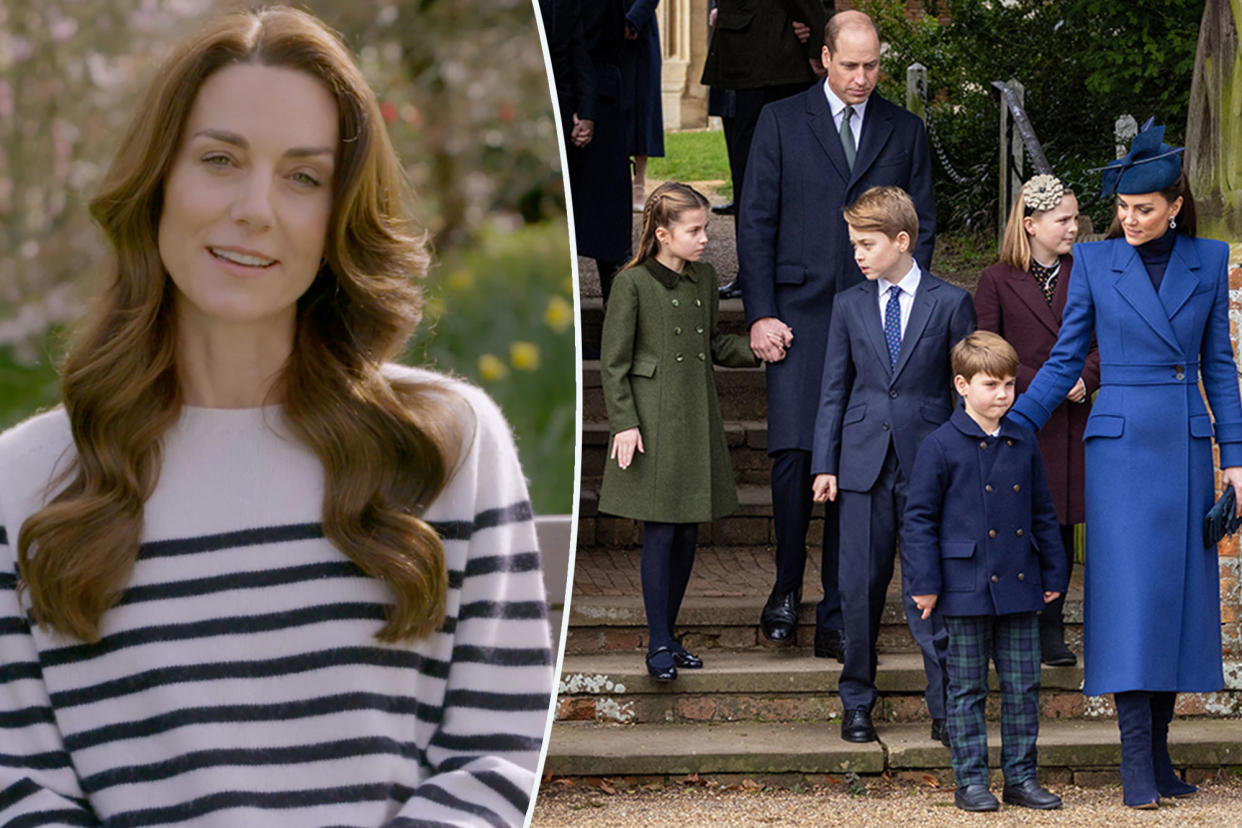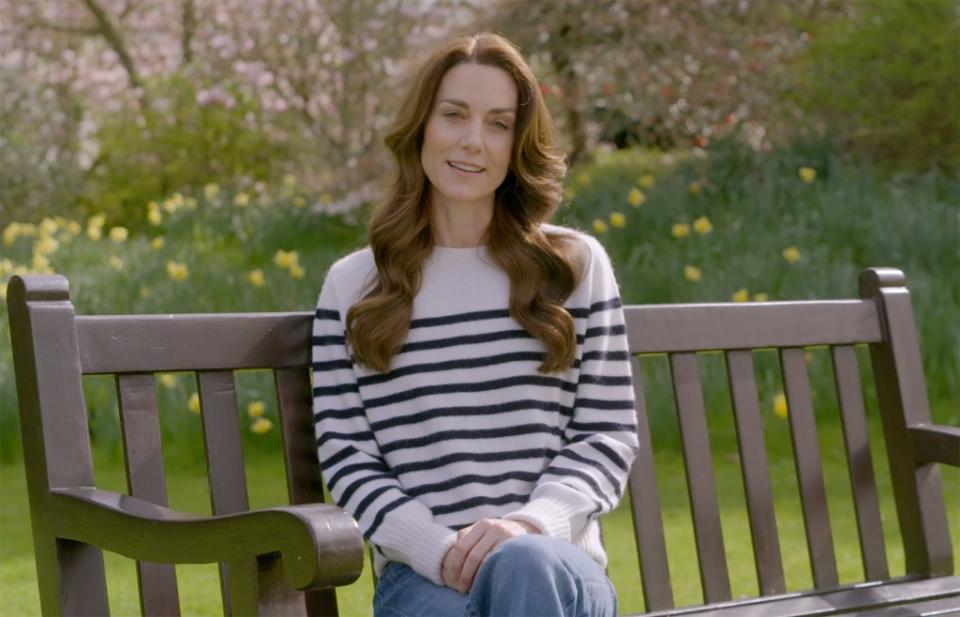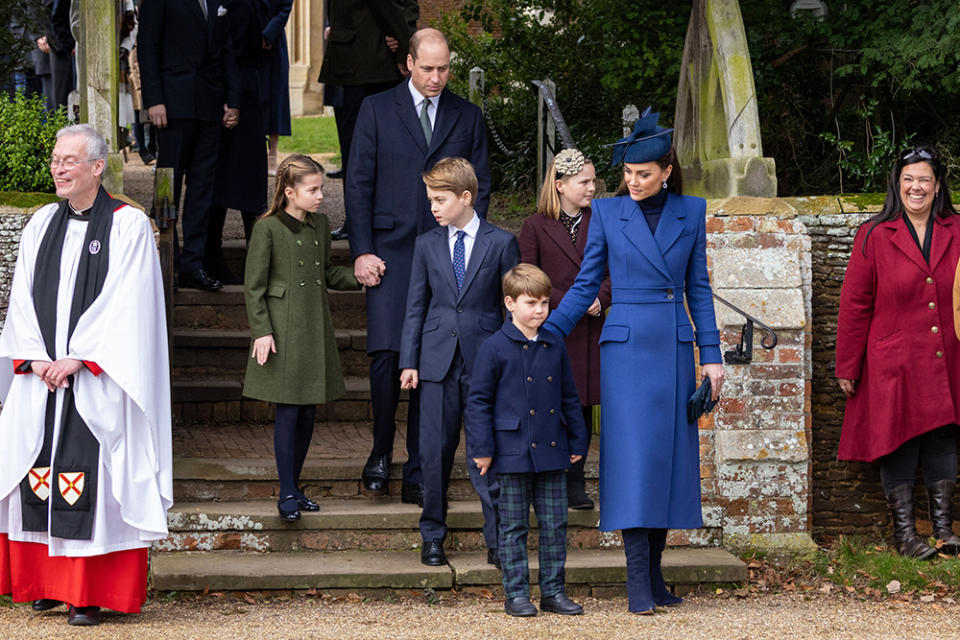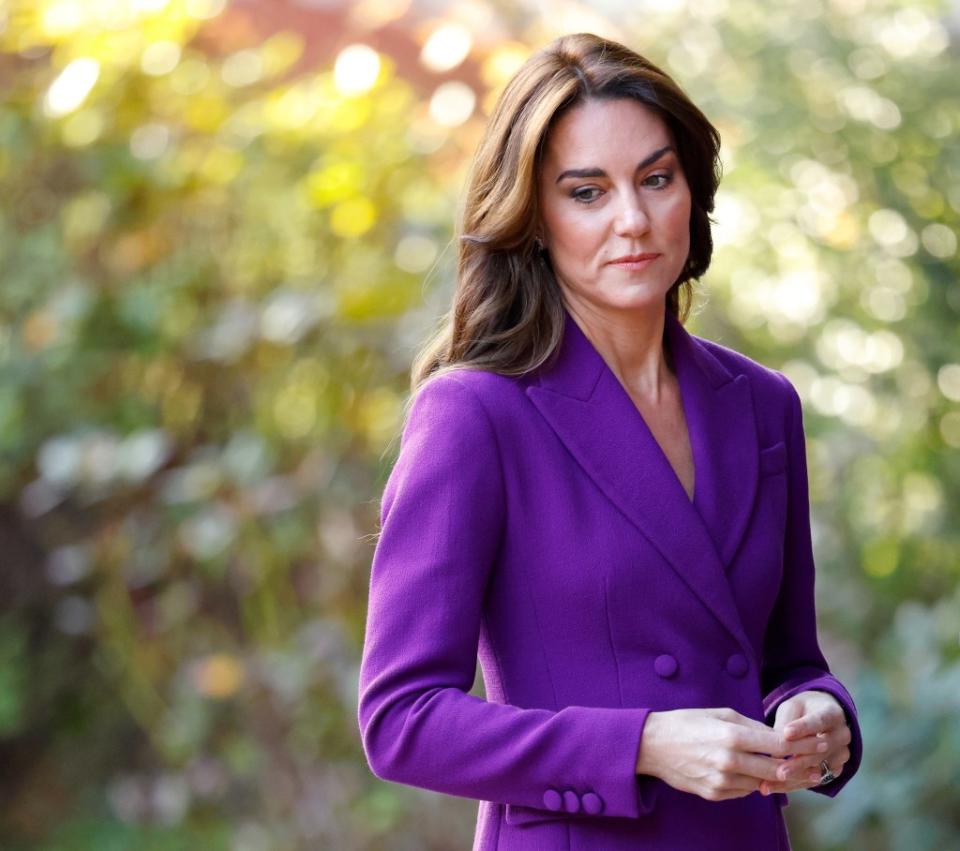What is preventative chemotherapy? Kate Middleton’s cancer treatment explained

- Oops!Something went wrong.Please try again later.
Kate Middleton has been diagnosed with cancer, Kensington Palace announced.
In a video statement released on Friday, the Princess of Wales, 42, revealed her diagnosis, more than three months after undergoing a planned abdominal surgery when doctors believed her condition to be non-cancerous.
“However, tests after the operation found cancer had been present,” she said in the video, released by the palace. “My medical team therefore advised that I should undergo a course of preventative chemotherapy, and I am now in the early stages of that treatment.”
While the palace did not disclose what kind or stage of cancer she has, the diagnosis “shocked” both her and Prince William, but she assured viewers she is “well and getting stronger every day” after her successful January surgery.
“At this time, I am also thinking of all those whose lives have been affected by cancer,” continued Middleton, who has remained out of the public eye since the Jan. 17 procedure.
“For everyone facing this disease, in whatever form, please do not lose faith or hope. You are not alone.”
In the royal announcement Friday, Kate thanked the public for their support and asked for “space and privacy” while she completes preventative chemotherapy treatment.
What is preventative chemotherapy treatment?
Dr. Marleen Meyers, an oncologist and the director of the Cancer Survivorship Program at NYU Langone’s Perlmutter Cancer Center, told The Post that while it’s “difficult to comment on [Middleton’s] specific treatment” since the type or stage of the Princess of Wales’ cancer is unknown, preventative chemotherapy is all about lowering risk.
“Preventive chemo, also called adjuvant chemotherapy, is sometimes used after the primary cancer is removed to try to lower the risk of it coming back,” Meyers said.
The treatment is suitable for someone who is at a higher risk of developing particular types of cancer due to family history, their lifestyle or having a precancerous condition.
“We often give preventative chemotherapy for several kinds of cancer to try to eradicate microscopic cells that cannot be seen on scans but can grow if left untreated,” Meyers added.

Adjuvant therapy can be used when other treatment methods will not be effective, although the choice to undergo preventative chemo depends on the type and stage of cancer, if it is receptive to hormone therapy and the number of lymph nodes involved, per Mayo Clinic.
“The benefit of doing this very much depends on the stage of the cancer and type of cancer, and that is not information we have on the Princess of Wales,” Meyers explained.
The latest on Kate Middleton’s cancer diagnosis:
How Kate Middleton told George, Charlotte, and Louis about her cancer diagnosis
Kate Middleton diagnosed with cancer, undergoing chemotherapy in heartbreaking health update
How does it work?
After the successful removal of cancerous or precancerous cells, undetectable microscopic cancer cells may still linger in the body and result in recurring cancer months or even years following the initial treatment or after entering remission.
Adjuvant chemotherapy treatment — which can last for weeks or up to years — attacks those cells systemically and eliminates the disease present, lowering the risk of recurrence.

What types of cancers are treated with preventative chemotherapy?
While preventative chemotherapy can treat many different kinds of cancer, it is most commonly used in patients who have been diagnosed with breast cancer, colon cancer or ovarian cancer.
“Even if cancer is resected for curative intent,” that is, cut out of the body in an attempt to cure the disease, “there may be a high risk of recurrence, so chemotherapy may be used,” Meyers said.
“This may be done in breast, ovarian and colon cancers, among others.”
What are the side effects of preventative chemotherapy?
“The specific drugs and duration of treatment will depend on the type of cancer,” Meyers explained.
According to Healthline, chemotherapy drugs kill fast-growing cancer cells, but can also damage healthy cells, causing short-term gastrointestinal side effects like nausea, vomiting, loss of appetite, diarrhea, constipation and weight loss.

The medications can also result in mouth sores, hair loss, fatigue, anemia and more, although healthier individuals are less likely to experience side effects.
However, there are long-term consequences of taking chemotherapy drugs, such as early menopause or damage to the heart, lungs, kidney or nerves.

